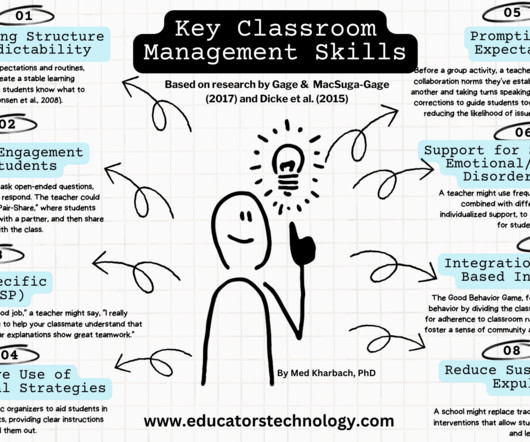What Is Universal Design for Learning ?
Educational Technology and Mobile Learning
JANUARY 20, 2024
Further elaborating on the flexibility and opportunities UDL offers, Evans (2010) notes that it provides “flexibility and opportunity for teachers and students by incorporating collaborative partnerships, technology tools, and differentiated instruction” (p. Teacher Education and Special Education , 36(1), 7–27.














Let's personalize your content